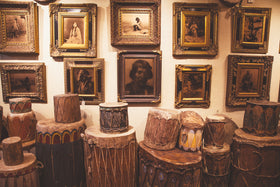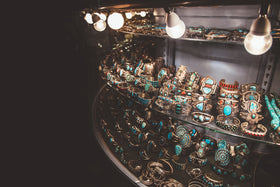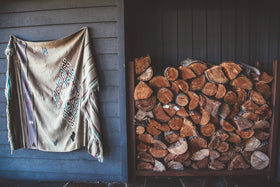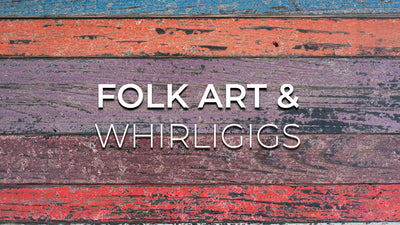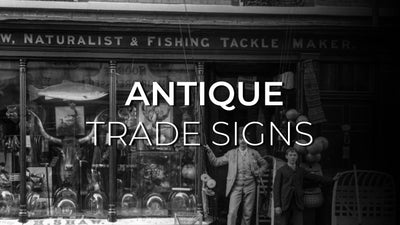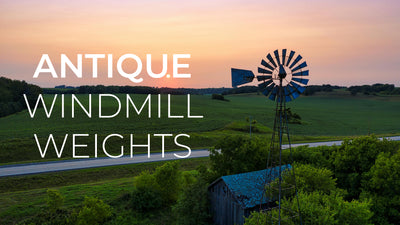Identifying Native American Baskets

Not only functional aspects of everyday life, Native American baskets were also pieces of technical and aesthetic achievement which exhibit both richness and variety. Nearly every region and tribe across North America developed a unique style deriving from its own cultural heritage and utilizing materials native to the region in which the tribes resided. Utilitarian baskets were used for gathering and storing dry goods while tighter woven, more decorated baskets were generally reserved for religious ceremonies, trading, and selling.
Northeastern basketry is predominately composed of stitched birchbark and plaited woodsplint construction often adorned with dyed porcupine quillwork.
Pacific Northwest basketry is predominated by several types of basketry - hats, rattle baskets, and round lidded baskets were commonly made. Stylized animals and marine scenes were painted or woven into many of the baskets from this region.
Southwest basketry incorporates many construction styles, but can loosely grouped into four divisions, that of the Apache and Navajo (the southern Athabascans,) the Hokan peoples, the Puebloans, and the Uto-Aztecans.
Southeast basketry is best known for its colorful, finely woven plain and twill plaited cane basketry. Regardless of tribal provenience, Southeast basketry looks remarkably uniform at first glance, but is readily distinguishable from other culture areas by the use of glossy cane and abundant use of color.
In California, abalone and beads were often added to baskets as decorative adornments. The Pomo are probably best known for their many varieties of finely coiled and twined baskets. Their distinctive gift or presentation baskets often included colorful feathers woven into the basket and are highly prized.
Cisco’s collection consists of hundreds of baskets from all regions. Most baskets are pre-1920, but we do have a few exceptional newer pieces. Click here to view our complete collection of Native American baskets.


